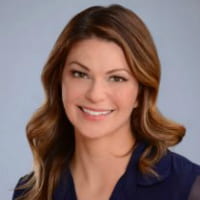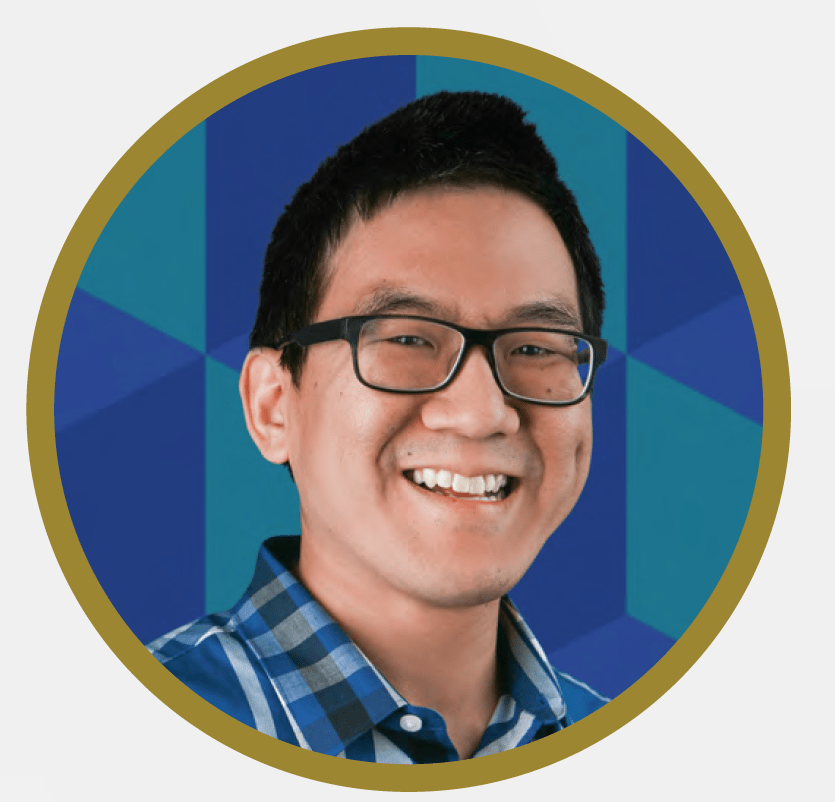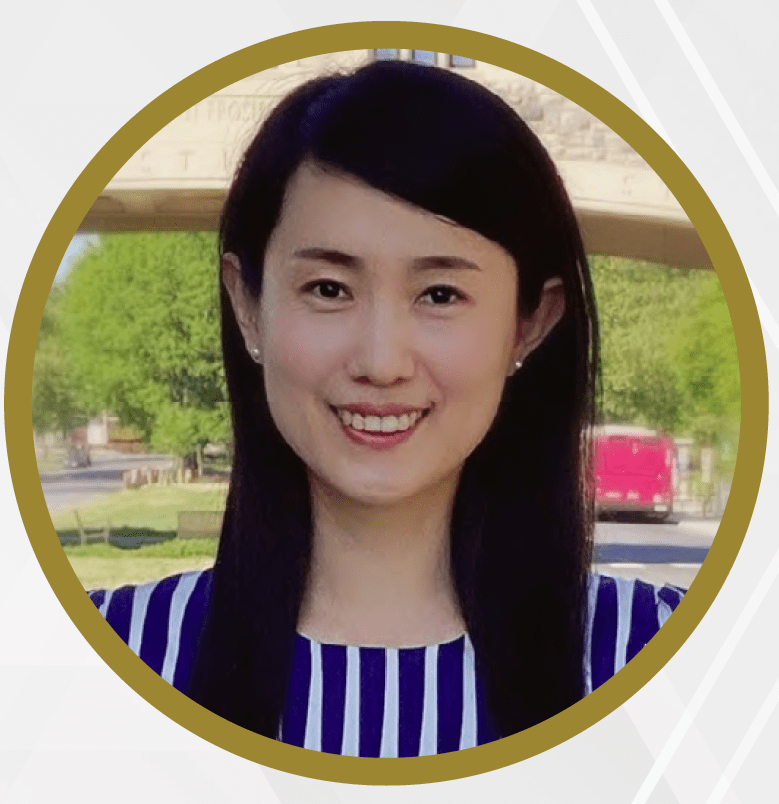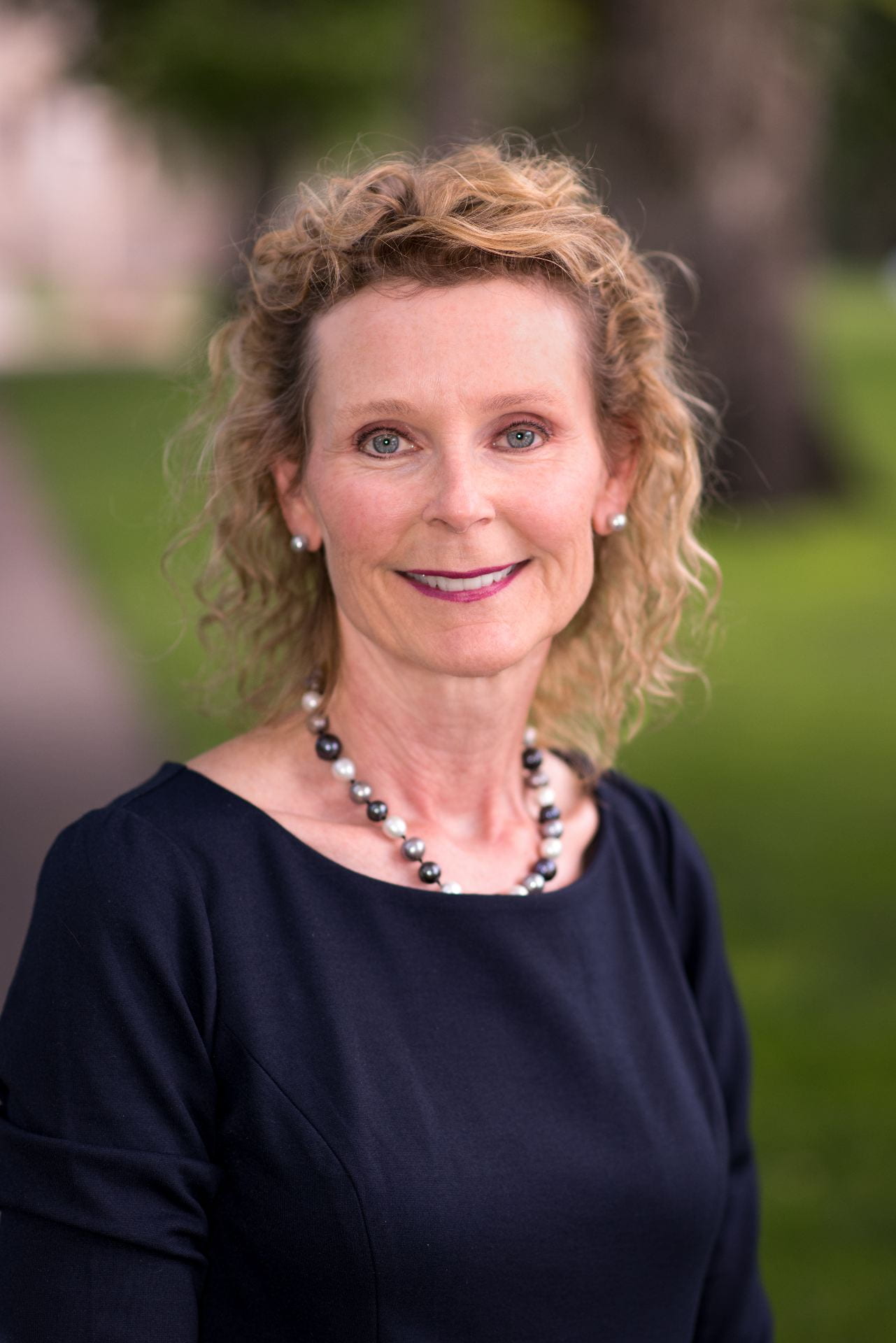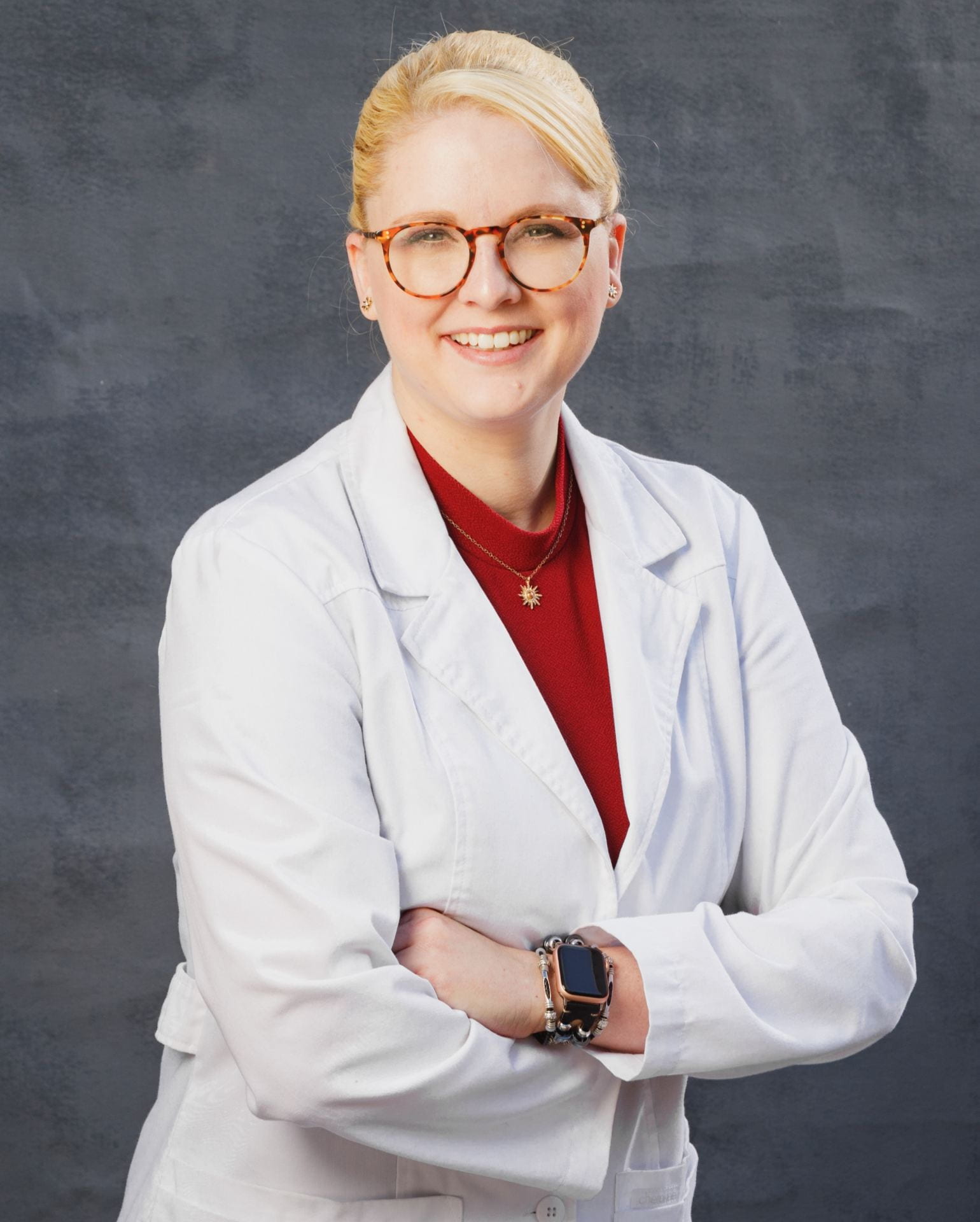By: Maya Carlyle

Bree Casas (she/they) joined The Valley Foundation School of Nursing (TVFSON) as a student in 2020 as a pathway to a second career, and began making the most of her time in the school; from student group participation, to sharing their thoughts on Nursing’s simulation labs.
Shortly after the interview, I had the honor of watching Bree’s December graduation be pre-celebrated during the Native American/Indigenous students graduation celebration in May 2022. Fall of 2022 finds her a senior nursing student in her last semester, and Bree seems poised to continue on as a compassionate leader in the nursing world.
————-
MC, interviewer: First and foremost, Bree – thank you so much for joining me today. To jump right in — what made you think about pursuing nursing?
Bree Casas: I always love that question.
Originally my path was in education and teaching, specializing in Special Education. But, then, I [ ] made the switch to nursing.
[ ] For me, I have a younger brother who had a speech and language delay. And he was, quite frankly, always sick, constantly sick and needing to be hospitalized.
The drive to pursue nursing… really, I think it was the time I spent with my younger brother. Just in and out of the healthcare system and trying to navigate all these different things, for him and with him, really made me want to switch to nursing and I think that’s also why I want to specialize in pediatrics because it’s amazing. It makes me really excited to see people in general succeed, but definitely children… and again, goes back to my brother.
He has now graduated college and has a bachelor’s degree – he was able to overcome so much, personal challenges and a world not set up for his needs, and all of that just with the proper support, and people on his side.
MC, Interviewer: Why did you pick SJSU, and The Valley Foundation School of Nursing, for your nursing education?
Bree: Well, I grew up in Hollister. My first Bachelor’s I got in sociology at UC Santa Barbara and after that… and, I was ready to move home.

And, I think the second part was because I am a second-career, second-bachelor’s nurse, and I had just heard so many great things about the San José State programs, specifically, and how many opportunities there were with it being centrally located in the Bay Area. Hearing about people being hired at great hospitals and other healthcare places — the opportunities were so impressive to me.
And I thought; well, maybe I can do it too. [ ]
MC, Interview: As a student nurse, I believe you are involved at several levels in the university and in the community. What are some of the ways that you are involved?
Bree: Oh, wow – yeah.
One of the big ones I’m involved with is CNSA, which is the California Nursing Students’ Association. I’m on the State Board as the Breakthrough To Nursing Director, as well as the San José State University chapter Breakthrough To Nursing Director, which is really fun to have that kind of overlap. I focus on recruitment and retention for non-traditional nursing students, nursing students of color, and students from lower income backgrounds. I find that really fulfilling, I enjoy making those connections [ ].
Some other things I’m involved in are the Public Health Nursing Club; I’m the president, and a lot of our fundraisers started out as things I proposed – like, this semester [Spring 2022] we’ve been doing our big book drive for lower income K-to-12 schools. Last semester [Fall 2021], in combination with CNSA, we ran a period poverty and menstruation donation drive where we were able to donate hundreds of pads to six Eastside High School District schools.
Denise Arevalo, a classmate of mine, and I spearheaded the project, working with Community Health Partnership and School Health Clinics of Santa Clara County. We met with (Santa Clara County Board of Supervisors member) Cindy Chavez’s team to talk more about period poverty and its impacts.
It was just so interesting to get on the policy side of healthcare issues, and being invited into different conversations and meetings, because sometimes even when the money is there, we realized the action wasn’t happening – so even though the schools were getting funded they weren’t receiving adequate menstrual supplies for the students.
So, I think I’m also headed in that direction, because I’d never realized that we could make a difference in policy on such a local level.
MC, Interviewer: What about some of your on-campus involvement?
Bree: The School of Nursing’s parent college, the College of Health and Human Sciences, has a CEED group (Committee to Enhance Equity and Diversity), and I was really excited to join that. I am currently the only student that serves on this committee, and I love being a part of a group that addresses systemic inequities in education.
MC, Interviewer: Do you peer-mentor, as well?
Bree: I have a mentee, if that’s what you mean. And, when I do have free time I like to help tutor other nursing students that are in earlier semesters, like, in med-surg and pediatric theory.
Oh, also! I am, just, really proud of all the work that I do with BILSNOC — that’s a big one. Black, Indigenous, Latinx & Student Nurses Of Color. Dr Sheri Rickman Patrick is our faculty advisor, and has been great to work with.
This particular club came about after me, and another student, did some research with Dr Michelle Hampton on a couple of things, like ‘sense of belonging’ and ‘culture within the program.’ We found that a lot of students of color felt that they didn’t really have a place where they could connect with other students of color, especially during COVID-19. So we decided to pursue that.
We’re a small, new club, but I feel that those members that we do have are very excited to be able to connect with one another.
————-

Bree was recently second author on an article published in the Evidence-Based Nursing journal, October 2022 issue.
In “Professional discrimination toward nurses increases nurse silence, threatening patient safety outcomes,” the relationship between discrimination and hesitance to act on potentially patient-saving actions were explored. While the impact of discrimination has been widely documented, this study found that nurses who had experience in the professional landscape – such as reporting having been prevented from adequately voicing concerns to their superiors – became less communicative, thus potentially risking patient safety. In this way, the environment created by nursing leadership and interdisciplinary superiors has the capacity to create hesitancy and silence, and to inhibit bedside nurses’ interventions in patient safety.
Of the article, and work that went into it, Bree stated: “As someone that is passionate about advocacy in the nursing profession, this was very important for me to write about. To me, advocacy is an extension of social care and essential to ensure that all our patients’ needs are being met.”
Read more of the interview, and get to know Bree Casas a little better, here: https://www.linkedin.com/pulse/second-career-nursing-impact-loving-/
Contacts:
General, 408-924-3131 / Nursing@SJSU.edu
Maya Carlyle, Recruitment and Events Associate
408-924-3182 / Maya.Carlyle@SJSU.edu
Learn more about SJSU’s School of Nursing.

